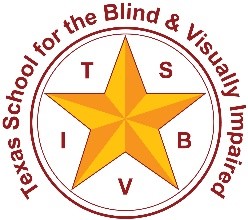Orienting Reflex
What is an orienting reflex?

People have a subconscious monitoring system that is working at all times. If this system detects something that needs our immediate attention, it pulls us to attention with the powerful orienting reflex.
The orienting reflex is just that: a reflexive alerting to significant things in our environment. This response tells us when to pay strict attention so that we may make a decision whether to run and defend ourselves or to get more information about what is going on around us. The brain taking in information from our senses tells us we need to pay attention, so that survival matters and novel things can be handled. (Silverrain,1991)
We reflexively orient to something that is important to us, such as our name being called at the restaurant when while waiting for a table. The orienting reflex is powerful because it is the prerequisite to the alert state in the array of biobehavioral states. (Rainforth, 1982) It pulls you to an alert state from another state. Parents use this reflex all the time to distract a fussy baby by getting him to look at something. What you are actually doing is trying to trigger the orienting reflex in the child so she will shift from an agitated state to a calm state.
Determine what triggers an orienting reflex
If the child shows an orienting reflex in response to a change in position, a particular scent, or colored lights, these materials or strategies can be embedded in the lessons to try to gain the child’s attention and help him shift to an alert state. Once he makes that shift, you have a brief window of opportunity to provide further information and to attempt to extend the amount of time that he attends.
A prerequisite for learning, is to become aware and interest according to Stage 1 of the Dynamic Learning Circle. Once the learner becomes aware and is interested in something they can move into State 2 (Curious and Active). It is through this active engagement that the learner is able to create memories, begin to see similarities and differences, create categories and develop a better framework for future learning.
An important thing to note: There is a difference between the orienting reflex and a defensive startle. A startle indicates an overload of the nervous system, which is aversive rather than appealing. The result is not “attending,” but rather physical agitation, disorientation, and/or withdrawal. If the stimulus is perceived as aversive, you are less likely to attend and more likely to spend your energies trying to get away from the stimulus. Children who cannot physically get away from an aversive stimulus may literally shut down into sleep to escape.
Assessment
The questions related to orienting reflex that must be answered during assessment are:
- What does the orienting reflex look like in this child?
- What elicits an orienting reflex in this child?
- What does the defensive startle look like in this child?
- What elicits a defensive startle in this child?

